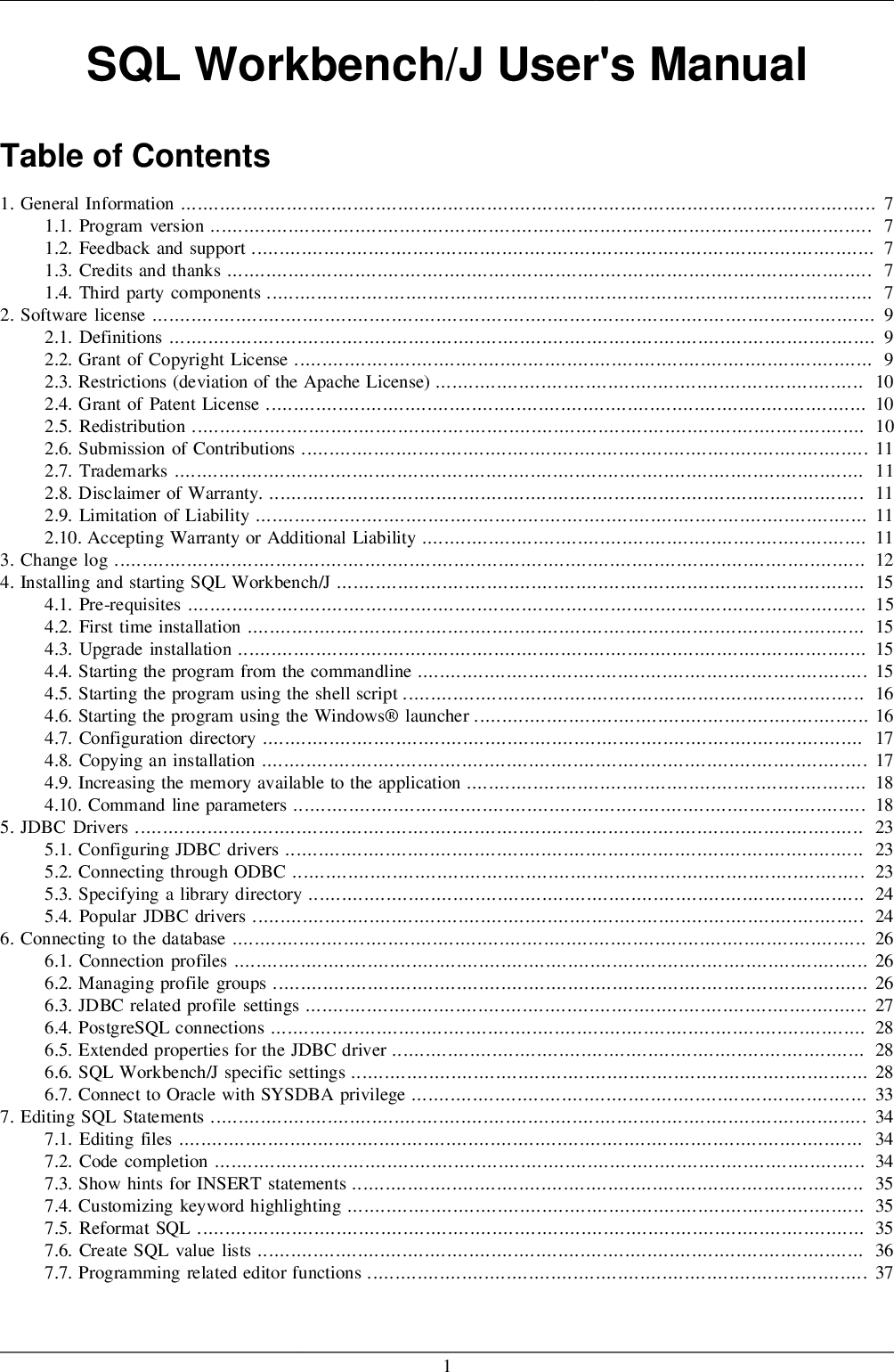

You can roll back changes to a row or table in a workspace to a milestone. You can navigate workspaces and row versions to view the database as of a particular milestone or point in time. A typical example might be a telecommunications application in which you create multiple cell phone coverage scenarios to find the optimal design. Different users can make simultaneous changes to the same row, and you can detect and resolve conflicts. You can organize changes in workspaces to view them in the context of the whole database, but without requiring that you actually copy data between tables. Use a common data set to create multiple scenarios for what-if analyses or multiple editions of data for publication A typical example might be an application to design an engineering project, in which multiple subprojects are concurrently developed in separate workspaces.
#TABLE STRUCTURE BEHIND ORACLE WORKSPACE MANAGER UPDATE#
Workspace locks prevent update conflicts between projects in separate workspaces. Workspace privileges control access to a workspace and its operations, and you can restrict workspace access to single-writer, read-only, or no access. Support a collaborative development effortĪ team can share access to a collection of updates and insertions for a collaborative project. A typical example might be a life sciences application in which Workspace Manager supports the discovery and quality assurance (QA) processes by managing a collection of updates before they are merged with the production data. You can organize the changes in a simple set of workspaces or in a complex workspace hierarchy. Until you make the changes public, they are invisible to other users of the database, who will access only the regular production data. You can review changes and roll back undesirable ones before making the changes public. Manage a collection of updates and insertions as a unit before incorporating them into production data The ongoing results of the activity are stored persistently, assuring concurrency and consistency.Īpplications that can benefit from Workspace Manager typically do one or more of the following operations: Users are permitted to create new versions of data to update, while maintaining a copy of the old data. Oracle Workspace Manager, often referred to as Workspace Manager, provides an infrastructure that enables applications to create workspaces and group different versions of table row values in different workspaces.


 0 kommentar(er)
0 kommentar(er)
